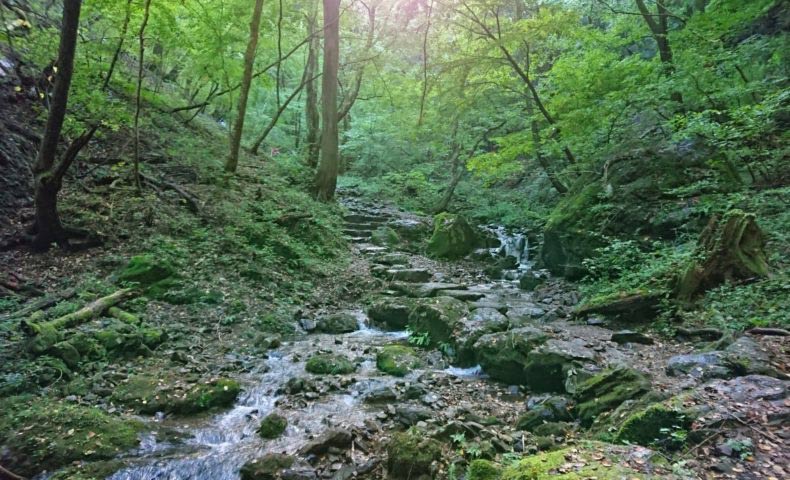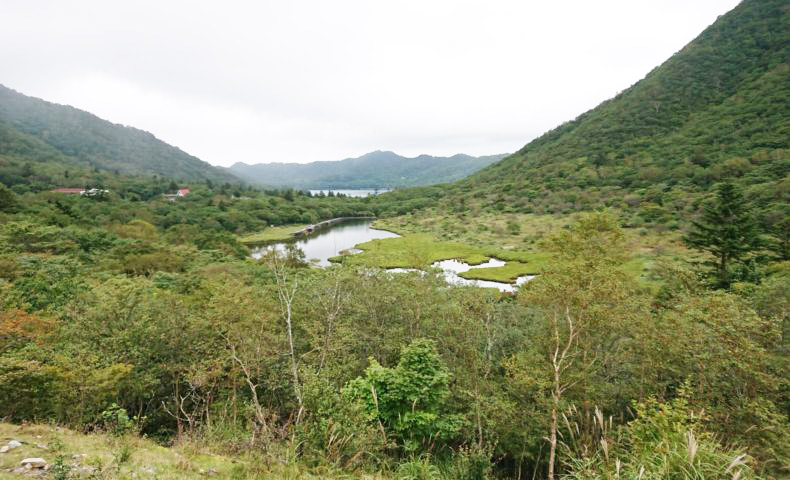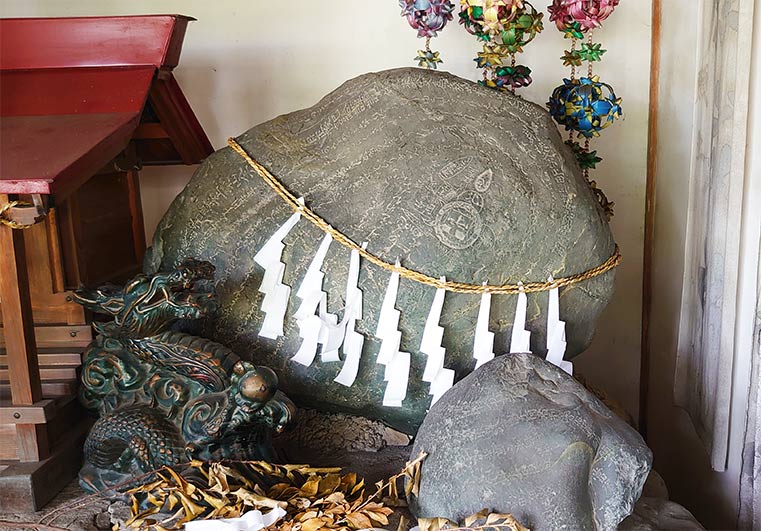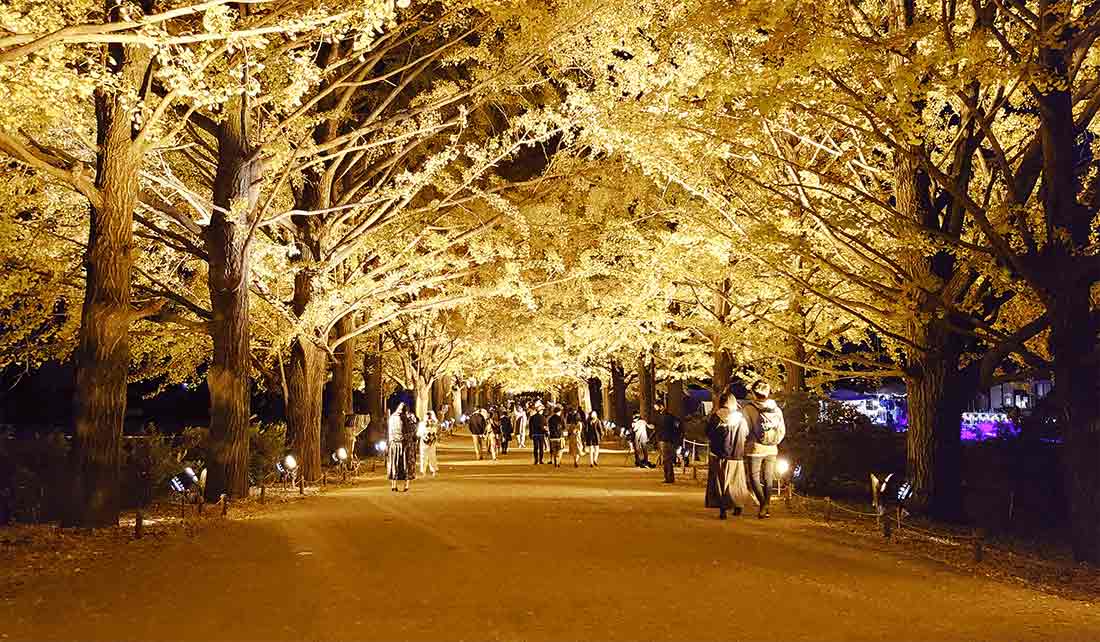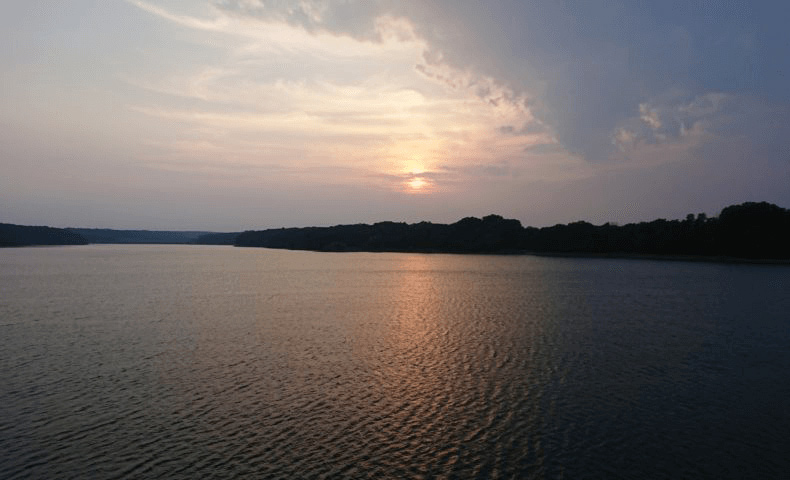The shrine on the Japanese Ley-lines | Okamoto Hachiman in Tokyo
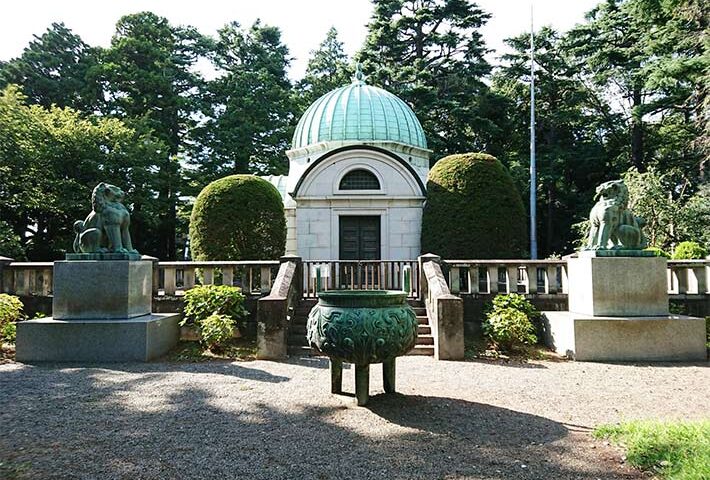
Okamoto-Hachiman Shrine at Setagaya city in Tokyo would be unfamiliar with a tourist even Japanese due to less information.
The spot looks like an ordinal shine, and it can not be said that Okamoto-Hachiman Shrine is beautiful compare to other sites.
However, this shrine has a unique point that other site does not own.
It is that the site is surprisingly standing on the Ley lines which across traditional architectures from west to east in Japan.
As a result, Okamoto-Hachiman Shrine is known for some people as a mysterious place like Stone Henge in the UK.
Table of Content
What are Ley lines in Japan
Ley lines are one of the human mystery and seen around the world even now.
It is generally said that Ley lines show up when ancient sites or architectures are straightly arranged on the map.
In the case of Japan, The Ley lines that is connecting from “Mt.Takachiho” in the west part to “Kashima Jingu” in the east part straightly appears at sunset on the summer solstice.
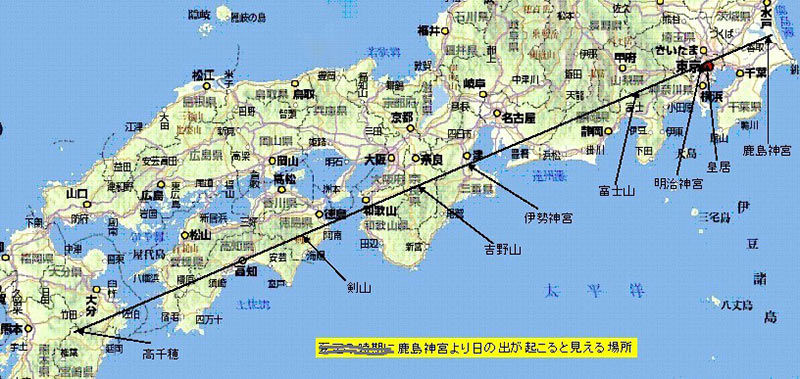
And then, it passes through historical sites like Mt. Tsurugi, Mt. Fuji, Ise Jingu, Imperial Palace, and so on.
For example, I have mentioned Masakado-Zuka that caused terrible disasters due to horrible background and iron this line in another article.
Masakado-Zuka | The most horrifying place and legend in Tokyo
The reason why the sites connect straightly does not make clear, but it would be obvious that these sites have something that engages people.
Okamoto-Hachiman Shrine on Ley lines
Going back to Okamoto-Hachiman Shrine at the Setagaya area where is located on the Ley lines is also has mysterious and interesting backgrounds.
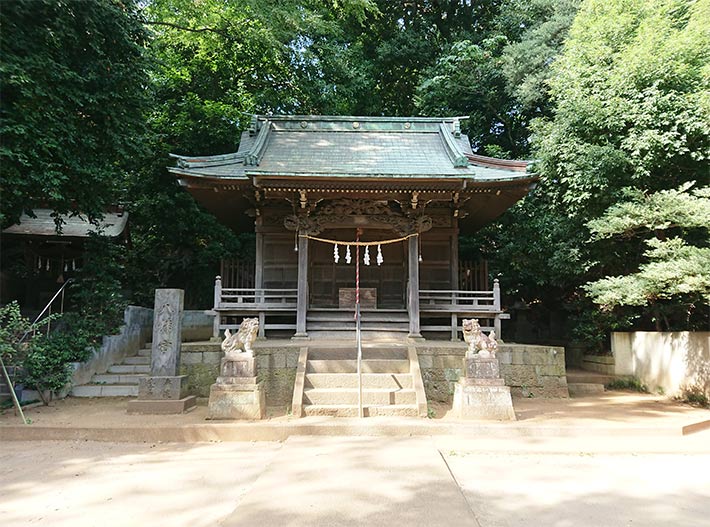
According to the cultural and exchange department in Setagaya, The origin of the shrine has not found out even now, but there is the oldest record that the shrine was renovated in 1854 (107-108).
The reason why history is unclear is that this area was originally a small village called Okamoto Village, the area is named Okamoto area at present.
Setagaya Relations Department states that “in 1808 the population of this area was only 220 and is surrounded by rich nature like Westland” (Yuzo Ishitani, Sakiko Imai, Kosuke Sou, and Tsuneo Ota).
After the beginning of the Showa period in 1926, Setagaya city including Okamoto village gradually urbanized except for the shrine.
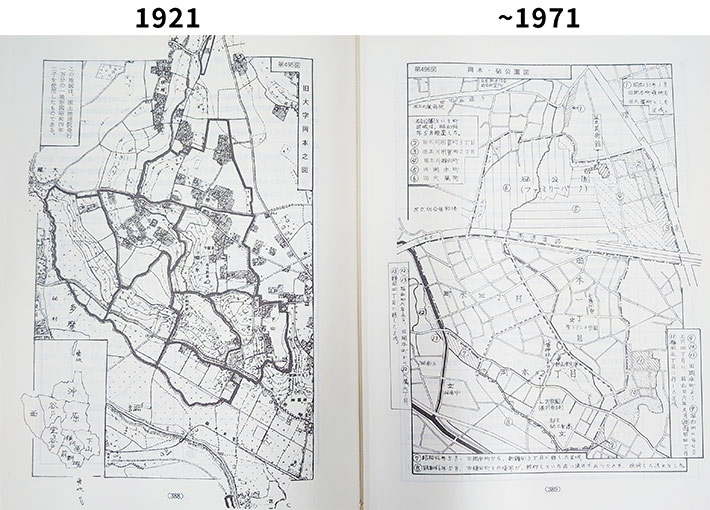
However, It is definitely surprising thing If people in the past built Okamoto-Hachiman Shrine based on the theory of Ley lines.
Dirokuten forest and Okamoto Hachiman
This Okamoto area has more interesting folklore that is absolutely beyond human understanding.
When the land development in this area carried out around 1964, an injured accident occurred in the forest called the Dairokuten forest (Japanese name is Dairokutenno Mori).
Hideki Kawafuku mentioned that “as people were about to cut off the sacred tree at the forest, serial injured persons appeared by accident” (140)
Originally, Dairokuten means Devil King of the Sixth Heaven in Buddhism, and this forest’s name maybe comes from it.
As a result, it is said that people who live in this area worshipped a god related to Dairokuten at Okamoto-Hachiman Shrine Hachiman to calm down this curse.
If you are interested in this folklore, please check more details that described the below article.
Dairokuten Forest and The shrine that calm down a curious curse
Iwasaki family in Mitsubishi clique and their Ossuary
The area behind Okamoto-Hachiman Shrine is also an interesting point and might links to the element of Ley lines spot.
There is a beautiful architecture designed by Josiah Conder who is from the UK.

Originally, this architecture was constructed as an ossuary for a tomb of Iwazaki Yanosuke who is the second generation of the financial clique called Mitsubishi Zaibatsu that was one of the biggest groups at past Japan.
According to the official web site in Mitsubishi bank, the financial clique gave influence for a variety of domestic businesses such as the mining industry, trade, bank, and so on during the end of the 19th-century to the middle of 20th-century. (n.d, “Mitsubishi Izinden”)
As a side note, it is said that whole assets in Mitsubishi Zaibatsu reached 120,000,000,000,000 yen in the golden age of the company (US rate is over 1 trillion dollars).
Surprisingly, that number is well over even the current national budget that is over 102 trillion yen in 2020. So, you would imagine that how big the organization is by seeing this number.
However, Mitsubishi Zaibatsu was forced to dissolve by GHQ after world war2. This is because the financial clique was regarded as a company that impacted on the power of the government authority and took part in militarism.
As a result, the head office in Mitsubishi was dissolved, and subsidiary companies have separated into an independent company.
Why does Iwazaki family built ossuary on Ley lines?
As I mentioned, this beautiful ossuary has the role of the tomb for Iwazaki Yanosuke and his family.
The most curious point is why he somehow built the ossuary behind Okamoto-Hachiman Shrine Hachiman although here is a residential area and no special relevance for him.
Unfortunately, there is no obvious reference about it, but there is a possibility that he might select here from the perspective of Ley lines.
Seikado Bunko next to ossuary
Apart from the Ley lines topic, the museum called Seikado Bunko is located next to the ossuary and behind Okamoto-Hachiman Shrine Hachiman.
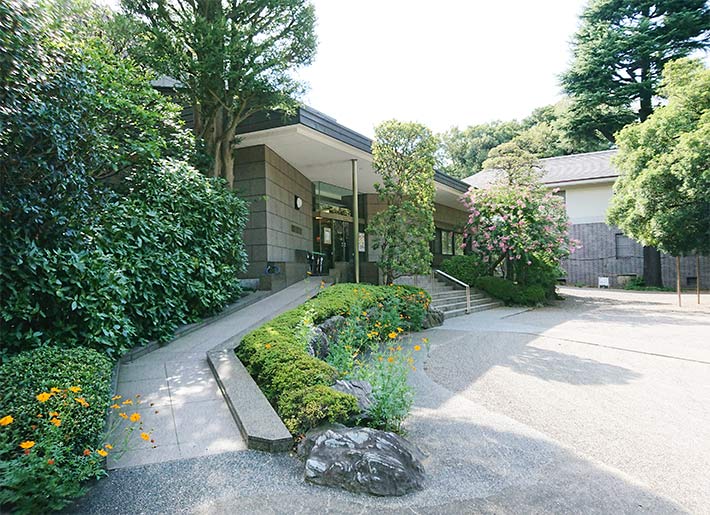
This museum exhibit a lot of valuable books, artworks, traditional Japanese painting that Iwasaki family owed.
Surprisingly, over 200 thousand books, 6,500 orient artworks including the 84 important cultural properties, and 7 national treasures in Japan are archived here.
Just in case, the museum has been opened for mainly a researcher and student over undergraduate, so if you want to see these references, a letter of recommendation will be required beforehand.
How to access Okamoto-Hachiman Shrine Hachiman
It can not say that Okamoto-Hachiman Shrine and spots around it are accessible from a metropolitan because of being at Setagaya City.
So, you need to get on the train from Station of Shibuya to Station of Yoga on Denentoshi Line.
After you get off the train, it takes 25 minutes on foot through the residential area.
When you arrived near the shrine, the park called Okamoto park surrounded by nature appears in front of you.
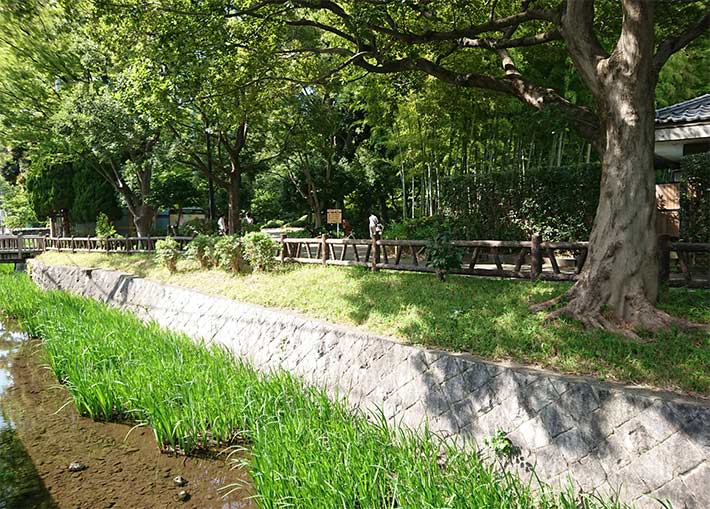
In the back of the park, Okamoto-Hachiman Shrine is standing on a little bit long upstairs as it surrounded by green nature.
After going up to upstairs, the main shrine will appear in front of you.

Furthermore, this site is very silent as I can not hear anything except for natural sounds, and felt the sacred atmosphere deeply.
And, if you are interested in Ossuary for Iwazaki family and museum as I introduced, these spots are just located right behind the shrine, so there is no concern about getting lost.
I hope you can enjoy the exploration of this area and feeling the Ley Lines.
●Reference List
〇Mitsubishi.com
・https://www.mitsubishi.com/ja/profile/history/
・https://www.mitsubishi.com/ja/profile/history/series/
・https://www.mitsubishi.com/ja/profile/history/series/yataro
〇Rakuten Okane-no-Sougouannnai
・https://money.rakuten.co.jp/woman/article/2019/article_0011
〇Book
・Sakurai, Masanobu. Setagaya folk song. Setagayaku Kuchoku Kouhoushitsu, 1986
・Kawafuku, Hideki. Why did Dairokuten disappear. Genshisya, 31/8/2017.
・anon. telling the Hometown Setagaya Okura Kamata Okamoto Unane Kinuta. the cultural and exchange department in Setagaya, 1/2/1999.
・anon. Setagaya History. Setagaya Ward, 25/91976.
・anon. Setagaya 100 history. Setagaya Ward, 20/4/1992.
・anon. Place name in Setagaya. board of education in Setagaya, 1989.
・anon. The background of Setagaya Town village. Setagaya Ward Mayor Public Relations Office, 1982.
